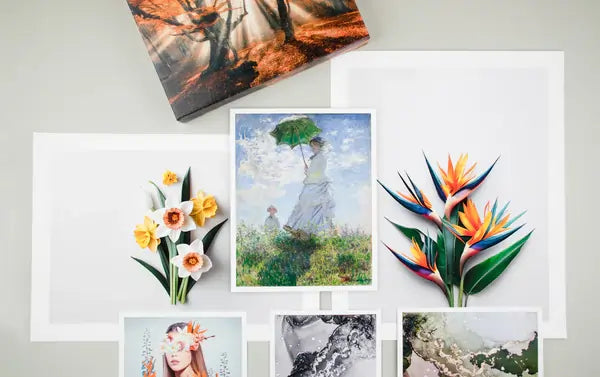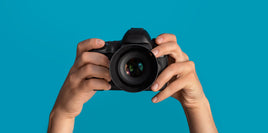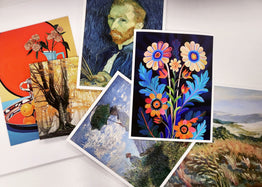TL;DR: Preparing for your first art show can feel intimidating, but with the right planning and presentation, you can make it a memorable and successful experience. Focus on your audience, showcase your best work, plan your space, and ensure your prints are exhibition-ready.
Congratulations on being invited to display your artwork in a show or exhibition. It’s an incredible milestone that celebrates your hard work and creativity. To help make your debut experience rewarding, our team at The Stackhouse Printery put together practical tips to help you prepare, present, and promote your art with confidence.
Understand your audience
Before deciding what to exhibit, think about the type of people likely to attend the event. Even public exhibitions attract specific audiences based on theme or location. Ask event organizers for information about expected demographics, so you can select pieces that align with their interests. Tailoring your display to your audience can help you connect with viewers and increase sales.
Select your strongest pieces
While every artist has personal favorites, not all pieces will resonate equally with others. Be objective and choose works that are both technically strong and emotionally engaging. Remove weaker or unfinished pieces, and focus on displaying art that best represents your skills and style. High-quality reproductions of your work can also expand your display options without risking your originals.
Establish a cohesive theme
A clear theme can make your art show more memorable and immersive. Choose works that share a visual or conceptual connection, such as a common color palette, subject, or emotional tone. A cohesive body of work helps viewers understand your creative vision and makes your exhibition feel professional and curated.
Plan your gallery layout
Visit the gallery space in advance to understand the lighting, wall size, and layout. Use this visit to decide how your pieces will be arranged and how viewers will move through the space. Place your most eye-catching pieces where they will naturally draw attention and balance the visual flow to create an engaging experience for your audience.
Prepare the details that make a difference
Small presentation details can make a lasting impression. Take time to frame your pieces properly using sturdy, well-fitted frames, picture mounts, and hanging hardware. Ask curators about preferred framing or mounting methods ahead of time. Proper presentation ensures your art looks polished and professional.
Sign and label your artwork
Always sign your artwork before submission. Label each piece clearly with the title, year, medium, dimensions, and price if applicable. Include your contact information on the back of each piece or on a small note. Well-labeled artwork helps curators and visitors identify and remember your work more easily.
Promote your participation
Don’t rely solely on the gallery to market your event. Promote your show on social media platforms such as Instagram, Facebook, and Pinterest. Share behind-the-scenes photos, progress shots, and stories about your inspiration. These personal touches create excitement and drive attendance. For additional marketing advice, check out our guide on 5 Tips for Promoting Your Art on Social Media.
Engage with your audience
Your presence and personality play a big part in your show’s success. Be approachable and open to discussing your work with attendees. Share stories about your process, themes, or inspirations. Engaging with visitors helps form personal connections that can lead to future commissions or collectors.
Update your marketing materials and online presence
After the show, new fans and collectors will likely look you up online. Make sure your website, artist statement, and social profiles are updated with recent work. Include information about your exhibition and high-quality photos of displayed pieces. Leaving contact information or business cards at the gallery is a great way to help people stay connected.
Preparing for an art show also means making sure your prints and reproductions look professional. Our Giclée Fine Art Prints capture every detail of your original work with stunning color accuracy and archival longevity. We also offer Mounted Prints and Gallery Wrapped Canvas Prints ideal for exhibitions and gallery walls.
Need help printing for your show? Request a Free Media Sample Set to find the perfect paper or canvas for your next exhibition.









